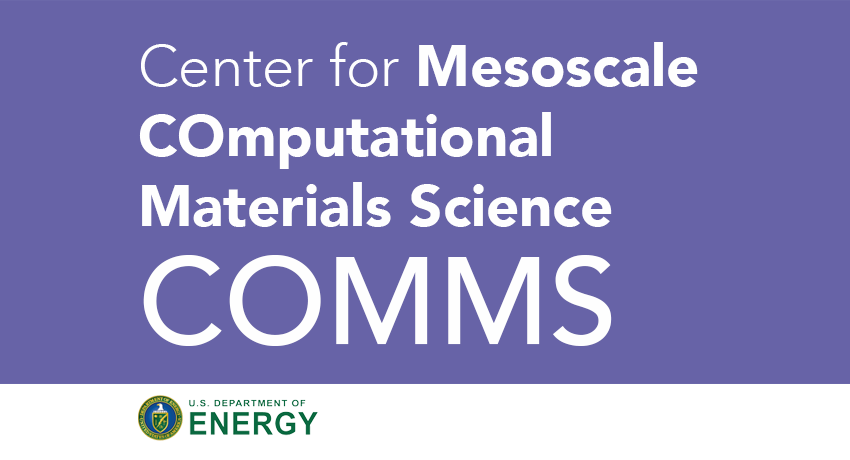Converting Small Amounts of Freely Available Energy into Electricity
There are many forms of energy around us: light, heat, vibrations, wind, electromagnetic fields, fluid flow, waves, organic waste, etc. At large scale, many of these energy sources already play a significant role in powering our society and are projected to become dominant contributors by 2040. On the smaller scale, exciting scientific and engineering challenges must be overcome to harness these energy sources.







